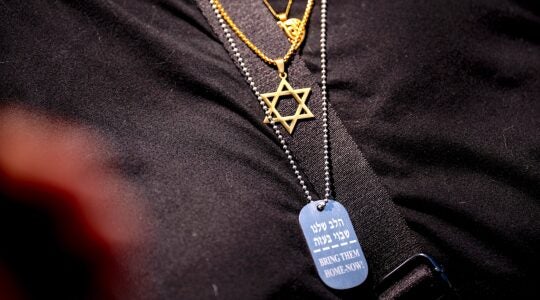Warsaw’s annual Aug. 1 moment of silence commemorating the beginning of the 1944 Warsaw Uprising may look familiar to Archive Blog readers.
[[READMORE]]
Pop-tech site Mashable nicely summarizes the significance of the uprising:
Warsaw was the center of a Polish rebellion against Nazi occupation during the summer of 1944, late in World War II.
The Warsaw Uprising, as it’s known, was timed to weaken Nazi forces ahead of a scheduled Soviet advance on the city, but the Soviet Red Army’s offensive toward the city was blocked, leaving the rebellion to fend for itself.
Polish rebels fought for more than two months, sustaining heavy casualties among both fighters and civilians. Approximately 200,000 were killed during the uprising while the city itself was left in ruins.
Staged a year after the Warsaw Ghetto uprising, Jews also took to the front lines in the Polish rebellion against the Nazis, as seen in this JTA report published August 24, 1944:
Dr. Emanuel Szerer, Jewish member of the Polish National Council, today received a message from the Jewish underground movement in occupied Poland, dated August 18th, telling of the Jewish youth participation in the battle against the Germans which is now raging in the city of Warsaw. The message concludes with a plea for help.
"For eighteen days," the message reads, "the people of Warsaw have been waging an unequal fight against the barbarian invader. The surviving Jewish youth is fighting together with the whole of Warsaw. We fight against the enemy for the common Polish cause. Do your best to ensure immediate and effective help."
Today, Warsaw’s minute of silence looks remarkably similar to the sirens in Israel for Yom HaZikaron (Memorial Day):
And for Yom HaShoah (Israel’s Holocaust Remembrance Day):
JTA has documented Jewish history in real-time for over a century. Keep our journalism strong by joining us in supporting independent, award-winning reporting.





